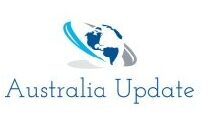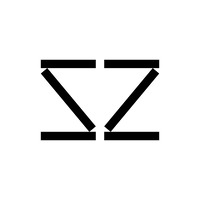Stanislava Pinchuk, a Ukrainian-Australian artist, is a name that resonates with anyone who appreciates contemporary art that pushes boundaries. Her work is not only visually captivating but also carries deep meaning, exploring themes such as conflict, displacement, and the human experience in times of upheaval. Pinchuk’s distinctive style combines elements of cartography, tattoo art, and abstraction, making it hard to categorize her work under any single label—hence, it’s “hard to put a wrong finger on her artwork.”
A Deep Connection to Place and Politics
Pinchuk’s art is deeply rooted in her Ukrainian heritage and the socio-political tensions that have engulfed her homeland. One of the most prominent aspects of her work is her use of data mapping, specifically related to territories affected by war and displacement. She has created numerous pieces that explore the ongoing conflict in Ukraine, translating the topography of war zones into delicate, intricate drawings. Her art turns destruction and violence into something visually beautiful yet emotionally unsettling, forcing the viewer to confront the grim realities of war.
In her series, The Fallout, Pinchuk worked extensively on mapping out the Chornobyl exclusion zone, transforming a landscape marred by catastrophe into an ethereal, hauntingly beautiful depiction of human absence and nature’s return. It is these layers of storytelling and context that make her art so compelling. She draws you in with her intricate details, only to leave you grappling with the heavier questions of life, identity, and survival.
Blurring the Line Between Art and Science
One of the unique aspects of Pinchuk’s work is how she fuses art with scientific precision. Her cartographic works are not simply imaginative interpretations; they are often based on real-world data and satellite images. She collects information from war zones, displacement camps, and disaster-struck areas, using this data to create abstract representations that evoke both geography and emotion. It’s a delicate balancing act between the cold, hard facts of data and the more fluid, subjective nature of art.
Her use of pinpricks, for example, to mark out landscapes and war zones, has drawn comparisons to tattoo art. It’s as if she’s etching history and memory onto the canvas, in much the same way that tattoos etch stories onto skin. This technique not only emphasizes the idea of permanence and memory but also speaks to the pain and scars left by war and displacement. Each dot or line carries the weight of personal and collective histories, yet the overall effect remains minimalistic and almost meditative.
Exploration of Displacement and Migration
As someone who has lived in different parts of the world—born in Ukraine, raised in Australia, and currently residing in Paris—Pinchuk brings a unique perspective on the themes of migration and displacement. Her work is often an exploration of the emotional and physical landscapes that people leave behind, as well as the ones they find themselves navigating in new lands.
For instance, her installations and sculptures often incorporate materials like marble and terrazzo, which symbolize both permanence and fragility. These materials are historically associated with monuments, yet in Pinchuk’s hands, they take on new meanings—fragile maps of places that no longer exist or exist in altered forms due to conflict and migration.
Summing up, Stanislava Pinchuk’s art is hard to categorize, and that’s precisely what makes it so engaging. She weaves together disparate elements—war and peace, science and art, personal and political—in ways that feel both seamless and strikingly original. It’s no wonder that critics and art lovers alike find it difficult to put a “wrong finger” on her artwork. Every piece she creates challenges the viewer to think deeper, to look beyond the surface, and to appreciate the complexities of the world we live in.


